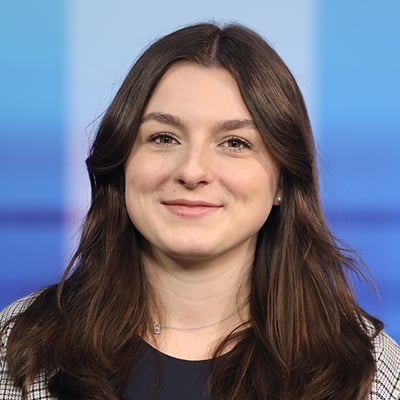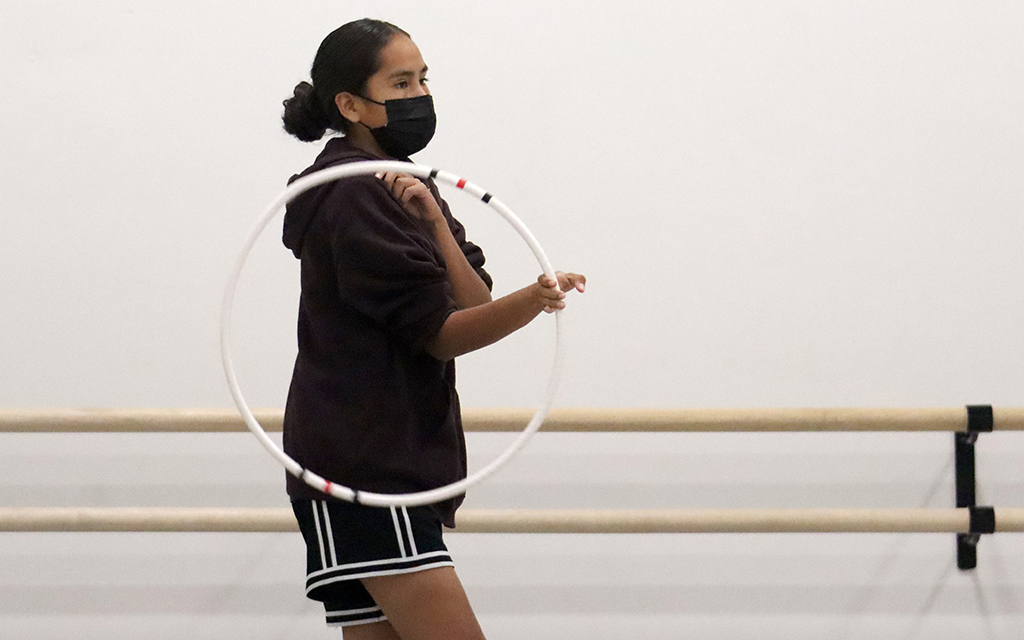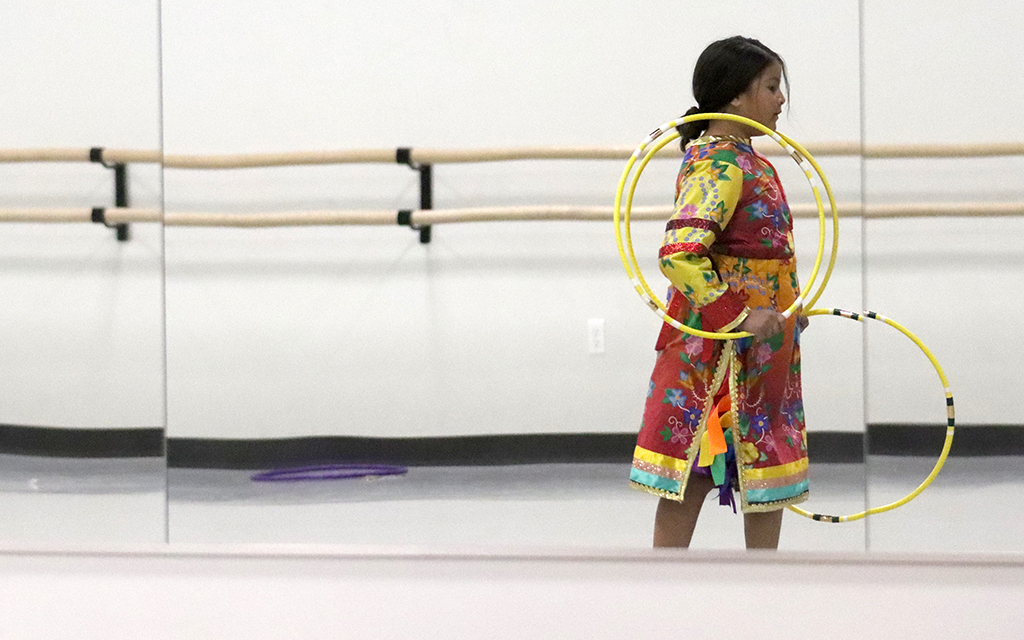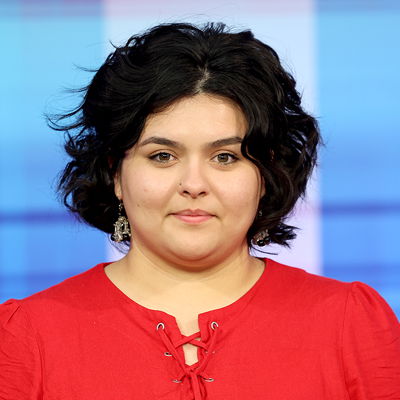PHOENIX — Indigenous hoop dance combines tradition and history with creativity and individuality. Commonly passed down from one generation to the next, hoop dance is usually taught by a family member or close friend. But dancers like Ginger Sykes Torres, Eva Bighorse and Bernice Talachy have stepped up to help the younger generation learn the intricate footwork and hoop movements while understanding the meaning and beauty of hoop dancing.
The native dance will be on display at the World Championship Hoop Dance Contest Saturday and Sunday at the Heard Museum in Phoenix.
“Dance was something I did as a hobby to maintain ties to my culture,” said Sykes Torres. “Performing was an opportunity to educate others about being a modern-day Native American and share that we are not only in history books.”
Coaches feel called for a variety of reasons. Sykes Torres wants to educate youngsters about native culture. Bighorse hopes dancing will help her students learn to respect themselves, their culture and their families. Talachy simply wants to keep hoop dancing alive. All three will watch their students with pride as they compete in their respective age groups this weekend.
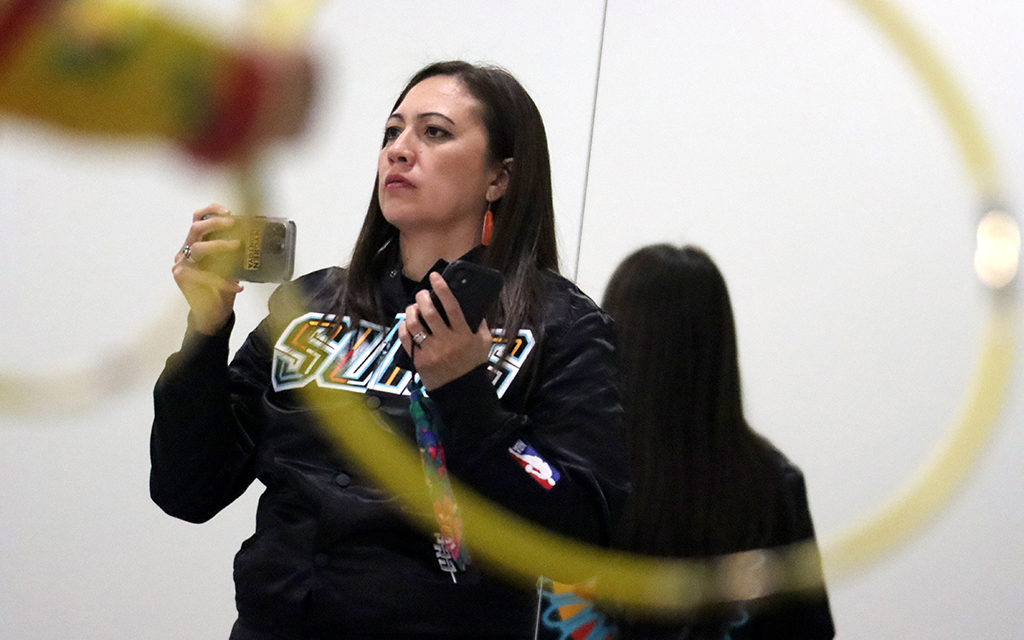
Ginger Sykes Torres is a Native American hoop dancer from the Navajo Nation and the developer of the Native American Hoop Dance class at Ballet Arizona. The class is open and free to Native American youth. Photo taken Feb. 8, 2023. (Photo by Izabella Hernandez/Cronkite News)
Shikeyah “Keyah” Torres learned to dance before she can even remember. Her mother, Sykes Torres, made Keyah her first set of hoops when she was a baby and has continued to do so as her daughter grows. Sykes Torres, who is also Navajo, learned the dance when she was around 14. Now, she passes the traditions of hoop dance on not only to her own children, but also to Indigenous children around the Valley.
“I dance for my mom and Eva (Bighorse) because they taught me how to dance.” Shikeyah (Keyah) Torres, 10, who is Navajo
Growing up as what she called an “urban Indian,” Sykes Torres said she did not have much exposure to Native dance styles because she grew up outside of her tribal homeland. After seeing her younger cousin hoop dance, she tried it. She loved it so much, and even went on to incorporate some gymnastics she had previously learned into her routines.
At the time she was competing in the late ‘90s, no one had seen other moves or skills like gymnastics or break dancing integrated into hoop dance. The first year she attended the World Championship Hoop Dance Contest, she faced scrutiny since people had never seen such moves in hoop dance. Also, the dancers were predominantly men. Sykes Torres was one of only a few girls at the competition. Later on, she was the first female champion in the teen division in 1997. Sykes Torres went on to attend Stanford University where she continued to dance while earning a bachelor’s degree in Earth systems.
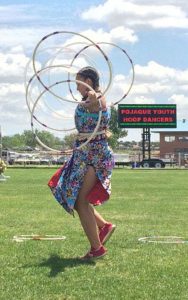
Bernice Talachy hoop dances at The Downs at Santa Fe in New Mexico. (Photo courtesy of Bernice Talachy)
After college, Sykes Torres started a family of her own and began teaching her children hoop dancing. Her friends approached her and asked if she would teach their children, too. She decided to start a class and needed to find an organization to partner with.
Sykes Torres remembered her daughter saying that there were no people in ballet class who looked like her. She began having conversations with board members of Ballet Arizona, and through those conversations and the help of the Tribal Nations Advisory Council, a nine-week hoop dance class for young tribal members began in 2020.
“Taking hoop dance and offering it outside of a little inner circle is a way to bring people in that would have never had the opportunity to dance. In urban areas it’s always good to build out our Native community,” Sykes Torres said. “This class can build community and provide stability for our kids to know each other because they might only see a few other Native kids during the day, but once a week they can go to hoop dance class and be surrounded by people like them.”
Another important element to the class is that the kids have the opportunity to learn from different dancers, since everyone’s style is unique. The children are split into two levels: beginner and intermediate. In the beginner class, the typical student is 8 to 12 years old and it may be their first time dancing. The intermediate class is for students who may already have some Native dance knowledge or for those who have hoop danced before. Many of the intermediate students are competing in the championships.
Sykes Torres still attends the classes regularly when she can, but Bighorse is now the main coach. Both teachers work to make sure their students are prepared for the competition and are confident in their dancing abilities.
“I feel a wide range of emotions at competitions because having been a past competitor, I know all the anxiety that comes with competing,” Sykes Torres said. “But, as a mom and coach I just want the kids to do well and be proud of their culture.”
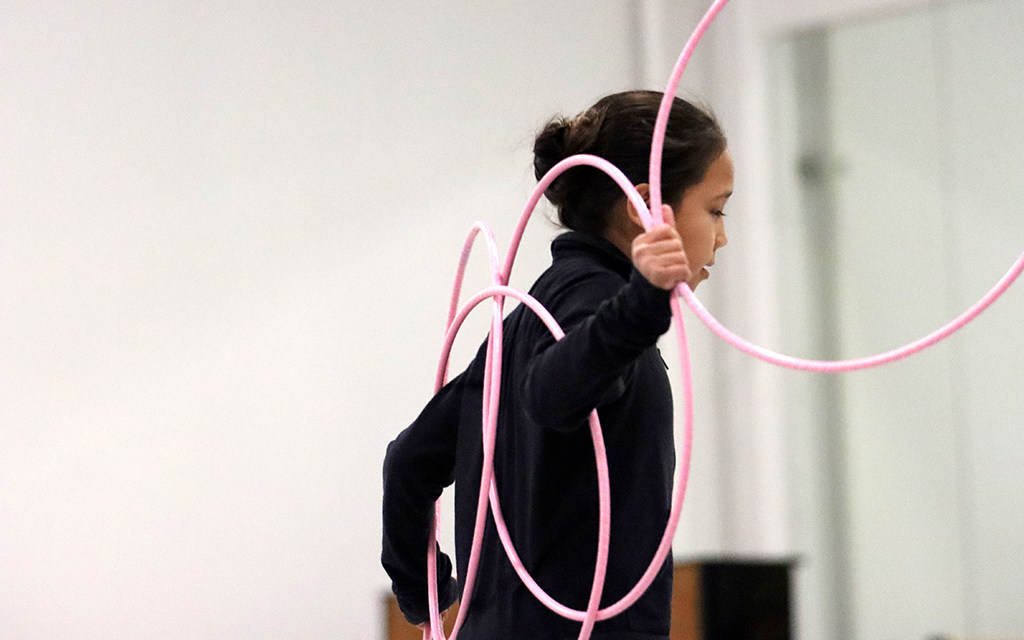
Shikeyah (Keyah) Torres, who is Navajo, is a student in the intermediate Native American Hoop Dance Class at Ballet Arizona in Phoenix, Arizona on Feb. 8, 2023. (Photo by Izabella Hernandez/Cronkite News)
Bighorse, who is Navajo, started teaching at Ballet Arizona in early 2022, but her introduction to hoop dance came much earlier. Her first teacher was her father. He taught all of his children, and Bighorse said she looked up to him because he was a talented dancer.
“I came to class a year ago. When I dance, I focus on the hoop. The hoop is the medicine we use to bless people through our dance.” Gianna Begay, 7, who is Navajo and Anishinaabe
Although Bighorse did not compete until she was an adult, she spent her youth dancing with family and friends. After taking a break during her teenage years, she got back into dancing while she attended Brigham Young University. College was the first time she attended the Hoop Dance World Championships as a competitor, and it was the first time she taught a Native dance class. She helped prepare adult dancers at BYU for their routines in a college powwow.
“I was nervous, but motivated to start teaching hoop dance. I spent a lot of time preparing to teach and got really involved. I helped my students make their own hoops and took time to teach them the history of the dance,” Bighorse said.
Bighorse said teaching the tradition of the dance is critical so new dancers understand and acknowledge its origin. The modern hoop dance that is performed is not the ceremonial private dance, but is an intertribal social dance.
Beginning with a single hoop that represents the circle of life, the dancer moves to the beat of the drum and continues picking up hoops to make other shapes. These formations represent various animals, elements and seasons.
Today’s dance still carries some of the original elements. As Native dancers, hoop dance is a way to give back to the blessing of Earth and show respect to the creator for blessing the Earth, Bighorse said. Since it still holds some of its healing purposes, the dance “provides medicine to the people observing through inspiration and positive energy.”
During her first year teaching the Ballet Arizona class online during the pandemic, Bighorse helped get some of her students ready for the competition. Those students recognized her as a contestant in the competition, and just like Bighorse was excited to watch her students dance, they were excited to watch her, too.
“I wanted to dance the best I could because I knew they were watching me. As dancers, the younger generation is a really motivating and driving factor that encourages the older generation to continue dancing so that the younger generation can be supported and inspired,” Bighorse said.
Bighorse said she loves seeing the growth of her students during the nine weeks of classes. Many start out reserved and quiet, but by the end of the sessions, they have made new friends and are more talkative.
She works with the younger generation to support them not only in their dancing, but in other aspects of their lives. Teaching respect and how to apply it is an important part of her teaching style.
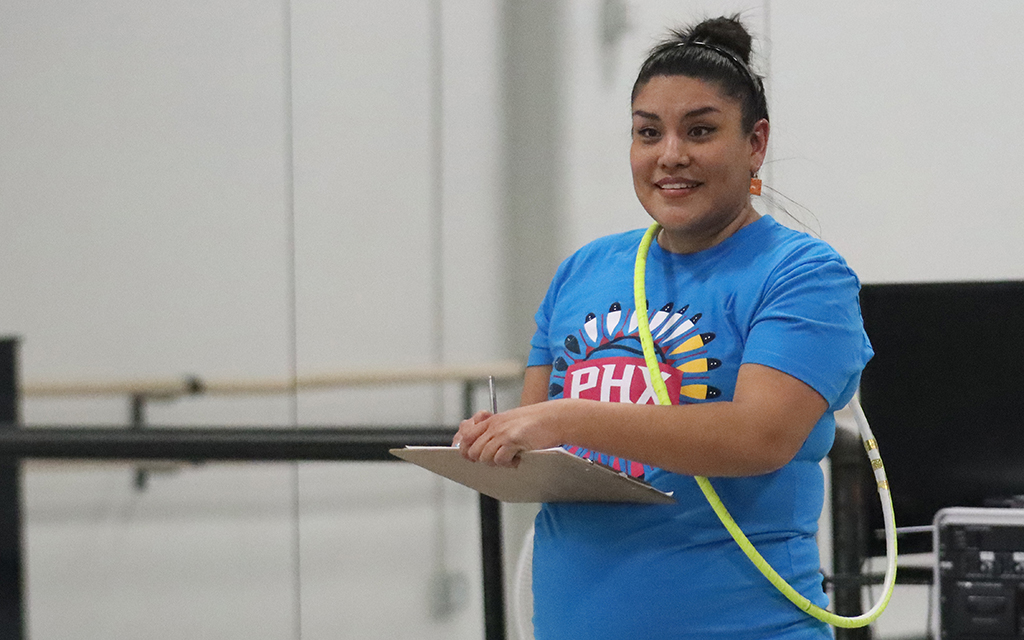
Eva Bighorse (Navajo) is the instructor for the beginning and intermediate Native American Hoop Dance Class at Ballet Arizona in Phoenix, Arizona Feb. 8, 2023. (Photo by Izabella Hernandez/Cronkite News)
Talachy, who is from Pueblo of Pojoaque, N.M., said she has known Keanu since before he knew how to walk. Keanu expressed interest in wanting to hoop dance when he was 3 years old, and Talachy has spent time working with him and his younger brother, Ryan.
“Playing around is fun, but hoop dancing is more fun! When the drums come on you get to pray, move and dance. I get excited and nervous at the same time.” Keanu, 6, from Nambe Pueblo, N.M.
Talachy started hoop dancing when she was 10 years old, learning from Nakotah LaRance, a nationally acclaimed hoop dancer from the Hopi Tribe, who died in 2020. To help the kids he taught learn more styles, LaRance brought in different families to teach her and her peers, Talachy said.
When Talachy was growing up, hoop dance was brand new to her tribe. The Buffalo, Butterfly, Eagle and Deer dance are all customs of the Pueblo of Pojoaque, she said. These dances are often to a slower beat, but hoop dance is traditionally danced to the faster tempo of powwow music, Talachy said.
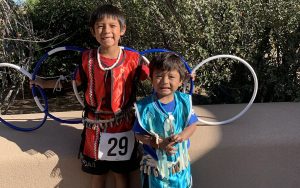
Keanu and Ryan pose for a photo at a hoop dance competition. (Photo courtesy of Leoni Lovato)
She started dancing just for fun but quickly got involved in competitions. Talachy has traveled all over the world to dance, including Switzerland, France and Italy. As she continued to learn new footwork and formations, she gradually increased the length of her routines and the number of hoops she used.
“The moves I’ve seen other dancers do inspire me to learn their tricks and incorporate them into my own routine,” Talachy said.
Now 21, Talachy uses the techniques she learned from LaRance and her own personal experience to coach kids in the pueblo. The opportunity came along at the right time for Talachy, and she wanted to keep the dance alive. Through teaching, she has realized the importance of patience and working with kids on an individual basis.
Talachy’s students learn the meanings of the formations on their own. She goes over the initial background of the dance, including its importance and history but focuses on teaching new moves and improving their skills.
“It is crazy to see the progression of your students. When you first teach them you are paving the way for their routines, but then you see them incorporating things they have learned on their own. It is so cool how hoop dance starts off as something you teach your students, but they end up teaching you in the end,” Talachy said.
